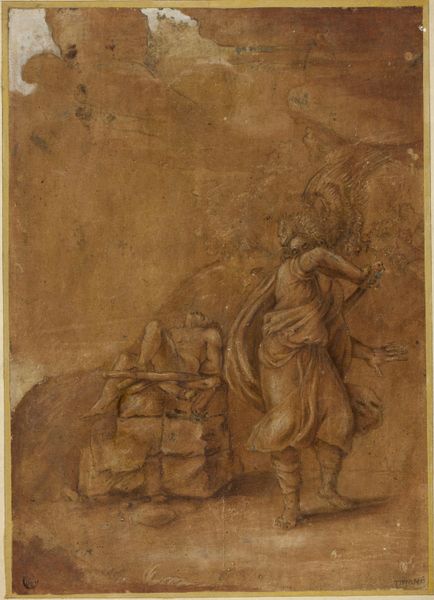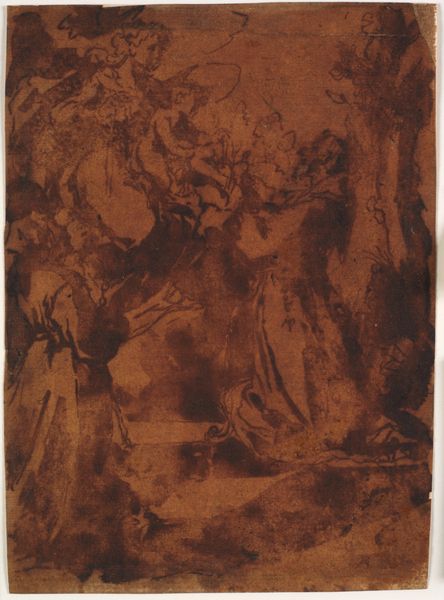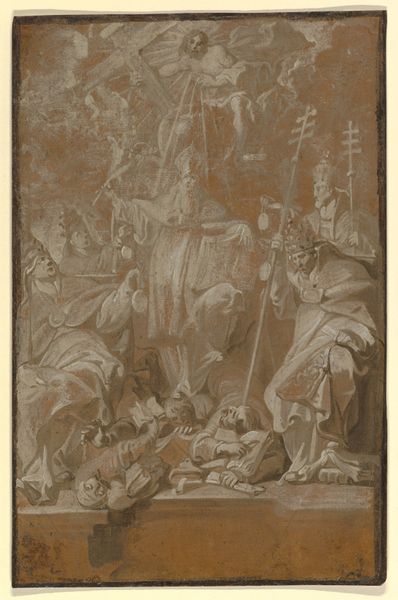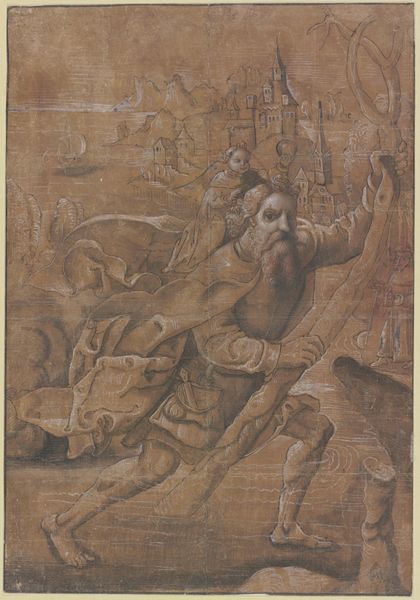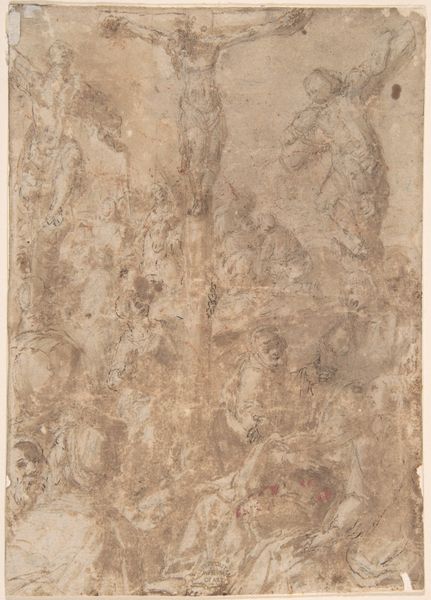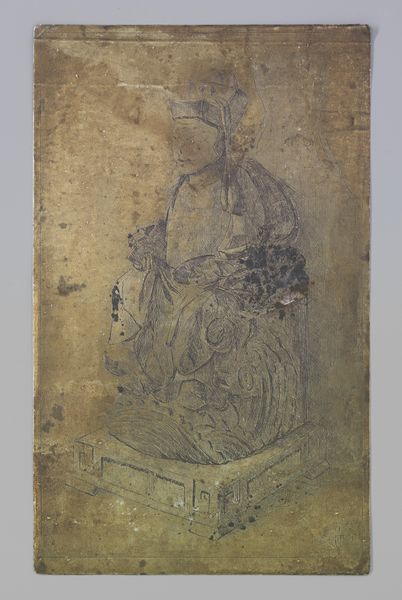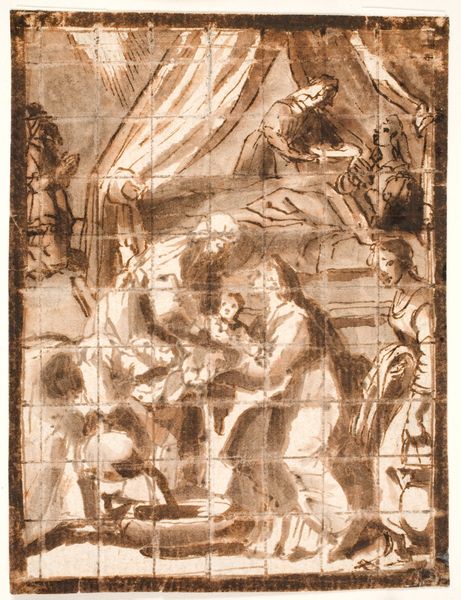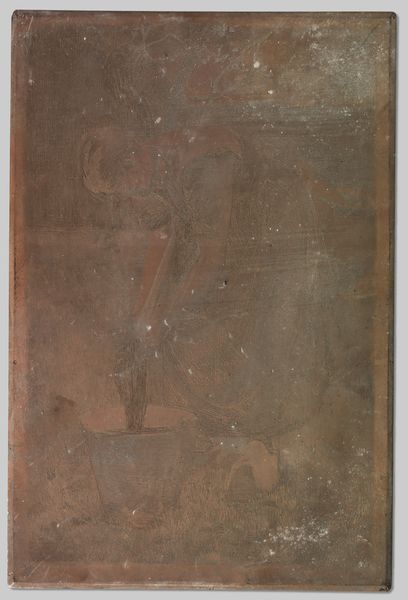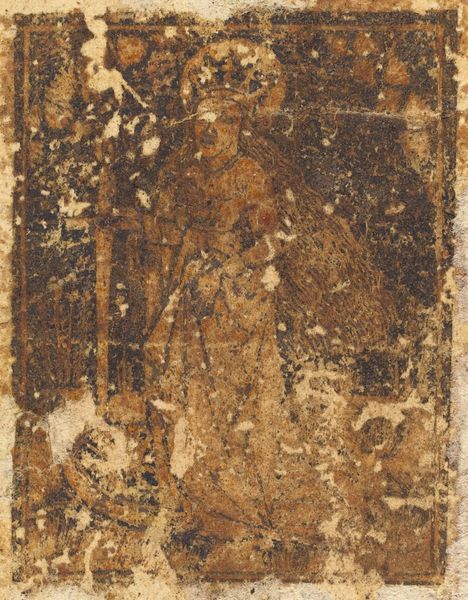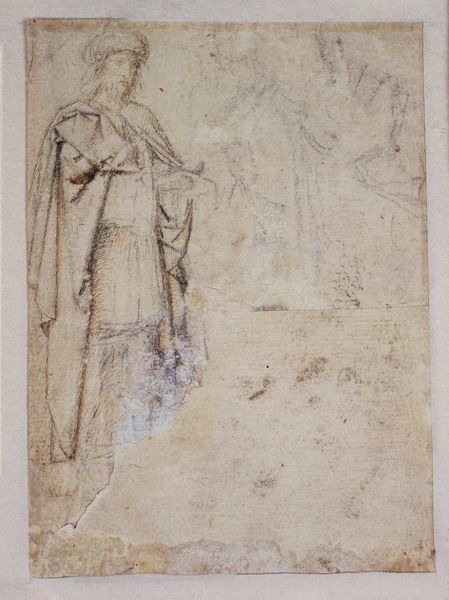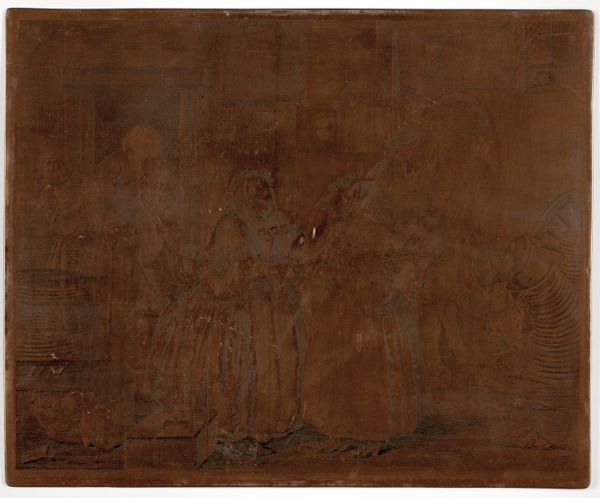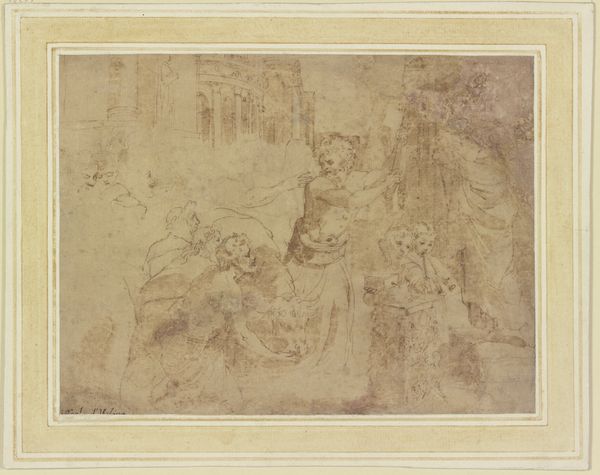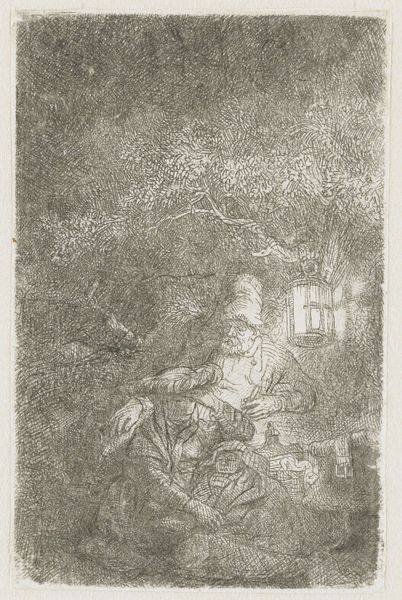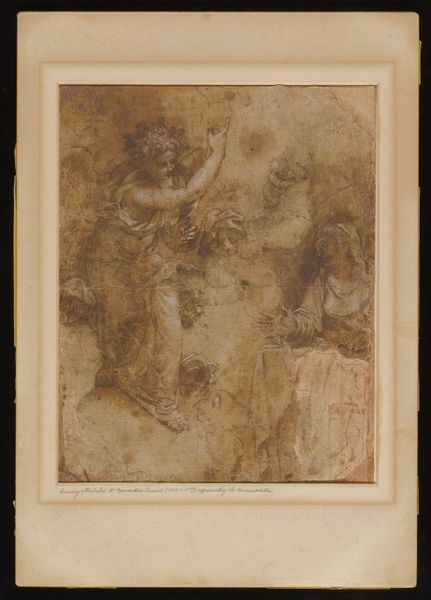![Abraham Entertaining the Angels [recto] by Rembrandt van Rijn](/_next/image?url=https%3A%2F%2Fd2w8kbdekdi1gv.cloudfront.net%2FeyJidWNrZXQiOiAiYXJ0ZXJhLWltYWdlcy1idWNrZXQiLCAia2V5IjogImFydHdvcmtzL2FjMGJiNThhLTBlNjYtNDg1NC1hNzlkLWVhOGUyOTc2MWY3Yi9hYzBiYjU4YS0wZTY2LTQ4NTQtYTc5ZC1lYThlMjk3NjFmN2JfZnVsbC5qcGciLCAiZWRpdHMiOiB7InJlc2l6ZSI6IHsid2lkdGgiOiAxOTIwLCAiaGVpZ2h0IjogMTkyMCwgImZpdCI6ICJpbnNpZGUifX19&w=3840&q=75)
print, etching
#
portrait
#
narrative-art
#
baroque
#
dutch-golden-age
# print
#
etching
#
figuration
#
group-portraits
#
history-painting
Dimensions: overall: 16.2 x 13.3 cm (6 3/8 x 5 1/4 in.)
Copyright: National Gallery of Art: CC0 1.0
Editor: We're looking at Rembrandt van Rijn's etching, "Abraham Entertaining the Angels," created in 1656. There's an intimate quality to this domestic scene. What’s your interpretation? Curator: This piece really encapsulates how Rembrandt challenged established artistic norms. Notice how he's taken a monumental biblical subject and brought it into a very human, almost mundane setting. This was at a time when art was tightly controlled by the church and powerful patrons. Think about how shifting the narrative to Abraham’s home changes the perceived relationship between the divine and the human. What is the political implication of depicting them as equals around the table? Editor: So, by depicting this scene in such an ordinary way, Rembrandt is making a statement about access to the divine? Curator: Precisely! This is also reflected in his technique. Etchings were relatively accessible. Unlike large-scale history paintings commissioned by the elite, prints circulated more widely. So, by using etching, he’s democratizing a religious narrative. It suggests that the experience of faith is accessible to all, not just the wealthy or powerful. Rembrandt’s involvement in the Dutch Republic’s visual identity is a rich field for scholars, you know. Editor: I never considered the material’s role in disseminating that message. It seems much more subversive now! Curator: Consider, also, the expressions. Do you see arrogance? Instead, there is thoughtful reflection, even doubt in Abraham’s posture. Rembrandt invites the viewer to be a witness to the divine without grandstanding or lecturing. Editor: I will never look at this the same way. It’s a challenge to traditional hierarchies, delivered through accessible art! Curator: Exactly, and recognizing those subtleties enriches our appreciation of Rembrandt's vision and impact.
Comments
No comments
Be the first to comment and join the conversation on the ultimate creative platform.
